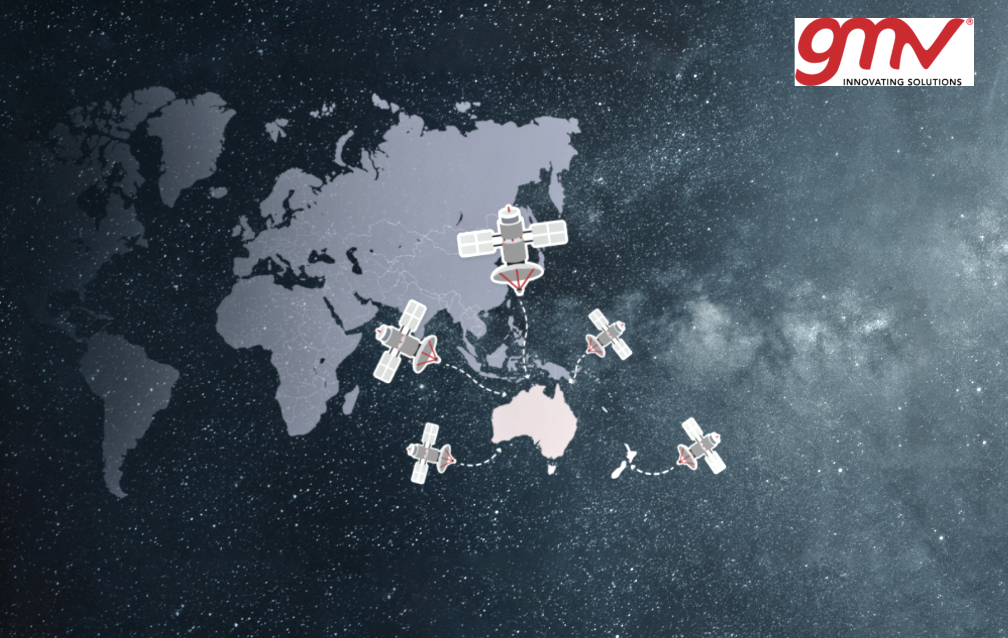
GMV is developing two core elements of the Southern Positioning Augmentation Network (SouthPAN) system, a joint initiative of the Australian and New Zealand governments to provide the two countries with satellite navigation and precise positioning services. These systems have applications in industries as diverse as agriculture and road, air, maritime, and rail transportation, as well as in the field of geomatics.
GMV has signed an agreement with Lockheed Martin Corporation to develop the processing and control centers for SouthPAN. The purpose of this project is to provide a satellite-based augmentation system (SBAS) for navigation and precise point positioning (PPP) services. GMV will also be responsible for monitoring both of these services in the region and for ensuring compliance with the committed performance levels.

SouthPAN is the first system with these characteristics available in the Southern Hemisphere. With this new program, Australia and New Zealand will be contributing to improved global coverage and interoperability for services of this type, by joining the list of countries and regions that already have their own SBAS system, such as the USA (WAAS), Europe (EGNOS), India (GAGAN), and Japan (MSAS).
In Australia, the development, entry into service, and operation of the SouthPAN system are being supervised by the Australian government’s geoscience agency, Geoscience Australia, in collaboration with New Zealand’s equivalent agency, known as Toitū Te Whenua Land Information New Zealand. In 2020, the two agencies signed the Australia New Zealand Science, Research, and Innovation Cooperation Agreement (ANZSRICA). During the next 20 years, the Australian government will be contributing 1.4 billion Australian dollars to the SouthPAN project.
On September 26, 2022, just two weeks after the agreement had been signed, the initial services were provided by activating transmission of the system’s first signals. This was a very significant milestone, because SouthPAN is the first project where an industry consortium provides an SBAS system as a service, rather than as a turnkey system.
GMV will be responsible for developing two key subsystems for SouthPAN: the Corrections Processing Facility (CPF) and the Ground Control Centre (GCC). The company will also be responsible for monitoring the system in the region and for ensuring that it complies with the committed performance levels. In addition, GMV will be providing support for the system’s operation and maintenance.
The CPF is in charge of generating correction messages for the signals being transmitted by the GPS and Galileo satellites. This is a process that improves precision for the system’s users by producing accuracy to as little as 10 centimeters. The CPF is also responsible for detecting malfunctions in the satellites and generating warnings for the users. This will allow use of SouthPAN by civilian aircraft as a navigation system during various flight operations, including precision approaches to runways for landing. Safety-of-life services such as these will be available in 2028.
The control center, in turn, remains in operation 24 hours a day, 7 days a week, and it will perform all the functions needed to monitor and control the system. It will also provide information to the community of users about the system’s operation and availability of its services.
SouthPAN represents a major commitment between the Australian and New Zealand governments to provide essential satellite positioning services across the Australasia region. New Zealand’s Minister for Land Information, has described the joint Australia-New Zealand initiative as a game-changer for the economies of both nations, indicating that SouthPAN provides crucial digital infrastructure for the future, with actual benefits expected to increase over the project’s lifespan.
According to Miguel Romay, GMV’s Satellite Navigation Systems General Manager, “this contract is the result of years of effort and dedication. We feel very honored and fortunate, because some engineers may work for their entire career without the opportunity to work on a project with the importance and societal impact that SouthPAN will have. In addition to strengthening GMV’s position as a global leader in the field of satellite navigation, this contract will generate dozens of long-term jobs for highly qualified individuals, while also allowing young engineers and a whole range of other professionals to join one of the best navigation teams currently existing in the world.”
